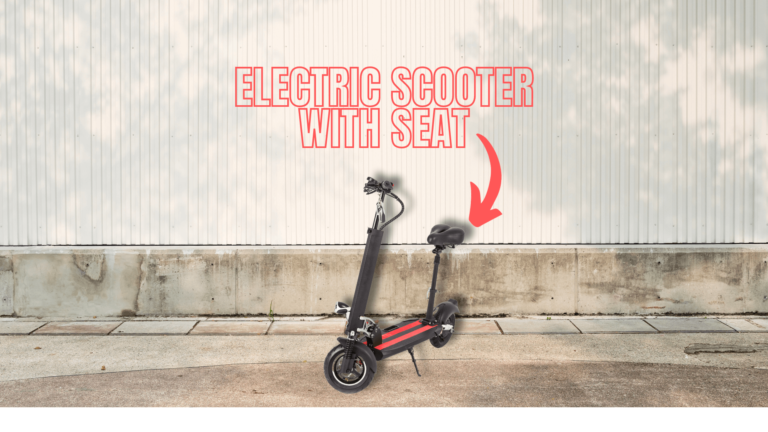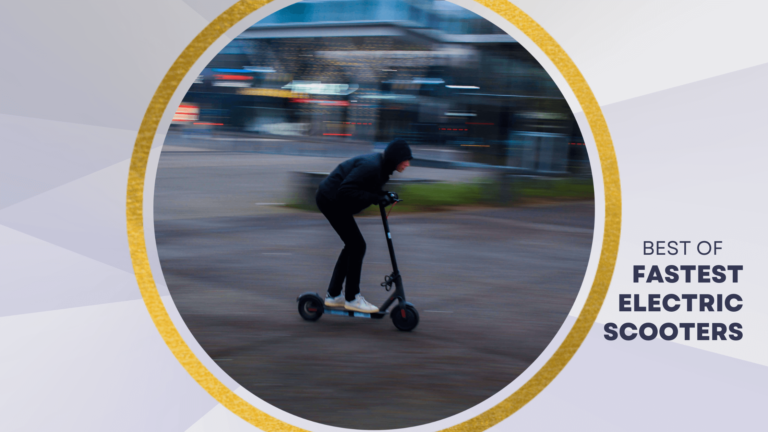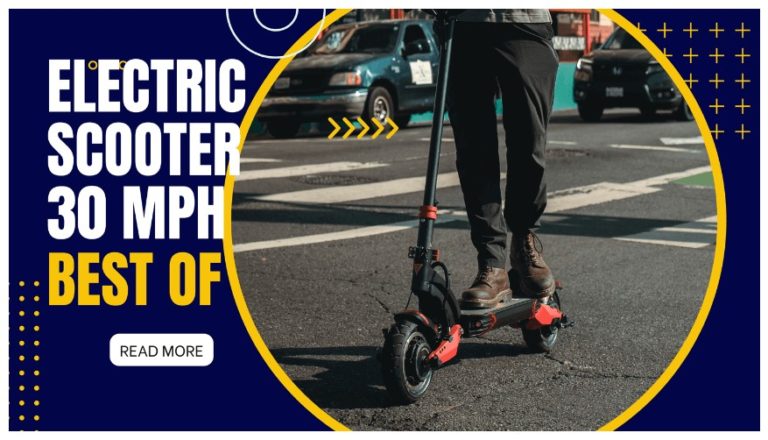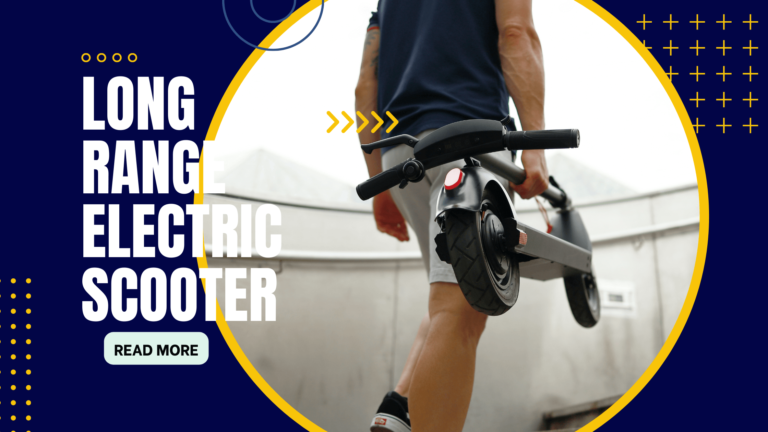Electric scooters are one of the most convenient forms of transportation for commuting. But, it can be easy to overlook or underestimate the need for regular maintenance and repair.
1. Clean Regularly
2. Lubricate Moving Parts Of Scooter
3. Battery Care
To increase you electric scooter battery life avoid draining it completely. Also, do charge your scooter battery regularly.
Use the appropriate charger for your scooter model. Since using the wrong charger can damage the battery and reduce its life expectancy.
When you are storing your scooter, charge the battery to around half of its capacity. Too high or too low of a charge can degrade battery’s capacity. So storing it at half charge is a good balance between longevity and accessibility.
Avoid leaving the scooter charging overnight or for long amounts of time to get full charge. This can overcharge the battery and damage its chemistry.
Avoid exposing the scooter to direct sunlight or heat for too long. As this can increase the risk of battery degradation and damage.
Avoid riding or storing the scooter in a very cold temperatures. This can decrease the battery’s efficiency and performance.
Also, storing your electric scooter for a long time is not good for the health of the scooter battery. Since lithium-ion batteries lose their charge over time and can degrade quickly due to lack of use.
4. Check Tires
5. Brake Maintenance
6. Tighten bolts and screws
7. Store Scooter Safely
8. Regular Inspection
9. Eco-friendly Riding
It’s like having your very own energy-saving superhero. By activating Eco-mode, you’ll be riding with reduced power consumption. This is not only great for your scooter’s battery life but also a fantastic way to lower your carbon footprint.
10. Familiarize Yourself With Your Scooter
Taking the time to read the user manual and acquaint yourself with the fundamental components and functions of your ride is a smart move.
Understanding your scooter inside out will empower you to make the most of its features and ensure a safe and enjoyable journey every time you hit the road.
11. Weather Specific Components
Prepare your scooter for any weather! Check and maintain weather-specific components like waterproof seals and lighting systems regularly.
Keep those seals in top-notch condition to protect your scooter from moisture and ensure it’s always ready for rainy days. Ensure your lighting systems shine brightly for safety during low-light conditions or nighttime rides.
Don’t forget about mudguards and fenders to keep you and your scooter clean and comfortable in messy weather.
12. Inspect Suspension
First park your e-scooter on a flat surface and ensure it is secure. Start by visually inspecting the suspension components. Look for any visible signs of wear, damage, or leaks. Pay attention to any unusual noises, vibrations, or changes in handling that may indicate a problem.
Examine the shock absorbers or struts for any cracks, rust, or dents. These components play a crucial role in providing a smooth ride and stabilizing your vehicle when going over bumps or uneven terrain.
Inspect the bushings, which are rubber or polyurethane components that connect various suspension parts. Check for any signs of corrosion, damage, or excessive wear. Worn-out bushings can result in a rough ride, increased tire wear, and reduced suspension performance.
Check the control arms, sway bars, and tie rods for any signs of damage, such as bends, cracks, or excessive corrosion. These components are crucial for maintaining stability and controlling the movement of your vehicle’s wheels.
Inspect the steering linkage and ball joints for any wear or damage. Look for any loose or worn-out components that could affect steering responsiveness and control.
13. Unexpected Vibration And Movements
To check for unexpected vibration or movement in the handlebar hinges of your electric scooter, you can follow these steps:
- Firmly hold the front wheel between your legs to stabilize the scooter.
- Gently move the handlebar from side to side and up and down.
- Pay attention to any excessive movement or wobbling in the handlebar.
- If you notice any unexpected vibration or movement, it may be a sign that something is loose or needs to be tightened.
FAQs
What is the lifespan of an electric scooter?
On average, an electric scooter can be your loyal buddy for anywhere between 3 to 5 years.
But don’t worry! If you’re a proud owner of a personal e-scooter, with some loving care and maintenance, it can last up to 3 years or even more. It’s like having a buddy who grows old with grace and style.
Sure, personal e-scooters might show a slight dip in efficiency after the first 2 years, but no worries! With proper care and maintenance, they’ll still be your trusty ride for up to 3 years or more.
Now, let’s talk about budget and quality – the price tag can indeed influence the lifespan of an electric scooter. Generally, more expensive scooters tend to boast better quality components, meaning they might hang around a little longer, treating you to more amazing memories.
Batteries – the powerhouse of electric scooters! They’re the heart and soul of your ride. High-quality lithium-ion batteries, commonly used in e-scooters, can last up to 1,000 charge cycles.
But taking good care of your scooter is the key to making it last. Good battery charging practices and smart storage are like pampering sessions for your scooter, ensuring it stays your ultimate sidekick for countless joyful miles.







